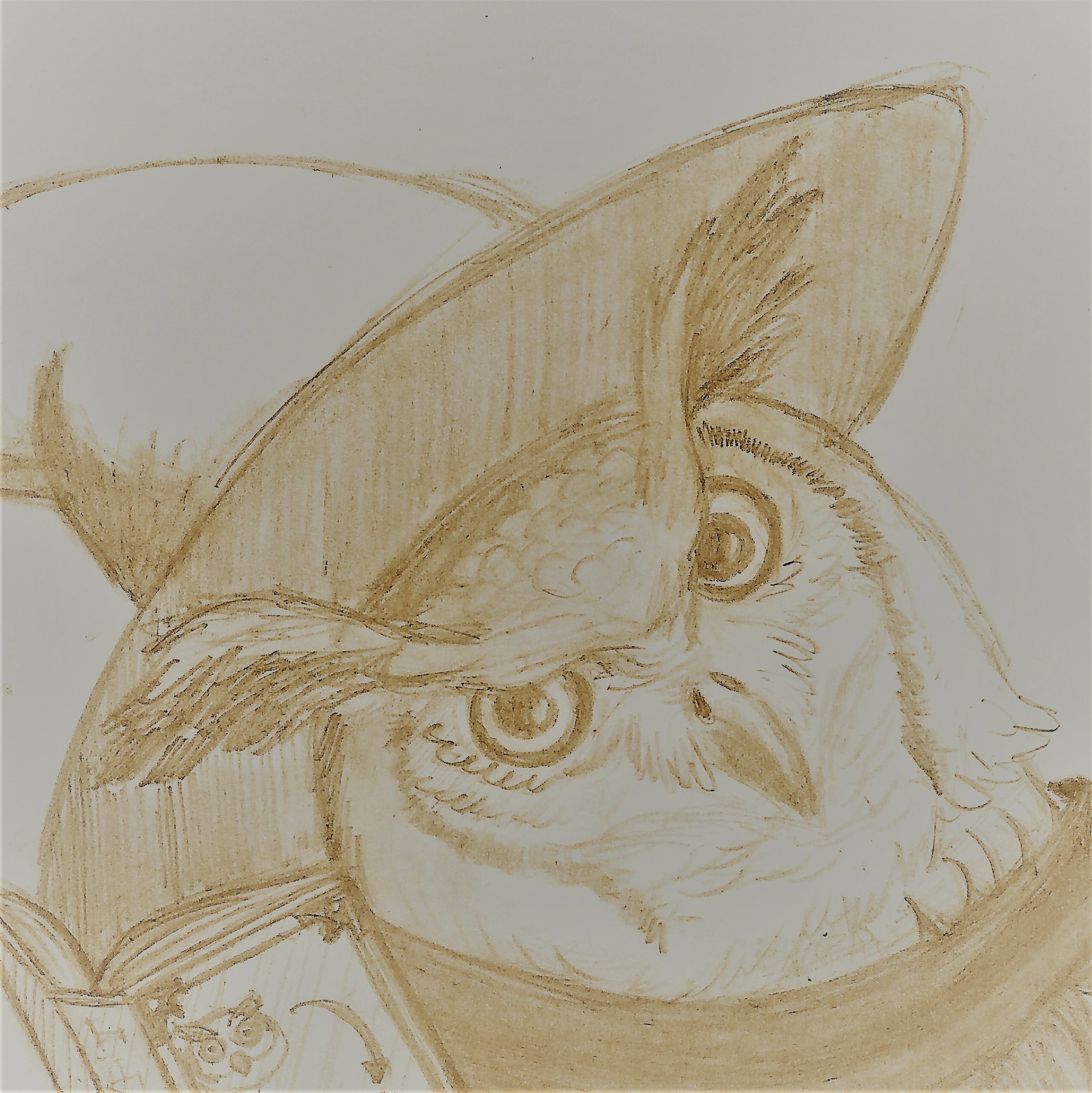Mansoba
Ingredients and Preparation
Ingredients
The specific ingredients may change from tribe to tribe, but the recipe is always similar: the Manvali mushroom, meat, vegetables and seasonings. It is also not uncommon the use of roots, herbs and other mushrooms.Preparation
Pre-preparation
The Manvali cap is separated from its stalk. The cap is put into a jar with a mix of herbs to enhance its sweetness, while the stalk is kept in a pot with water. They are kept this way for at least 5 days before the properly preparation of Mansoba.Day 1
The stalks begins to be cooked on moderate heat for 4 days, what takes away most of its toxins.Manvali is a very toxic mushroom. When consumed raw, its cap may cause a temporary moderate swelling, while the stalk can make a person choke to death.
Day 5
The cooking water is then changed, the stalks are mashed and begin to be cooked again. The caps are sliced and added in.Day 6
Coloring spices are added to "seal" the flavors. Uruku is usually used, giving a red coloration to the grey mash.Day 7
Stronger seasonings, such as orina and arimai, are usually added on this day, along with harder meats, vegetables or roots.Day 8
The softer meats and vegetables are added. Common choices are zandai meat cubes and ongo skin strips, and, for the vegetables, sliced radishes and potatoes. Some finishing spices are also added, such as dise pepper and cotran.Variations
The order of preparation is not strict and vary for each region. For example, the northern zivar communities cook the Manvali stalks for only two days before mashing it, adding a special seasoning that helps to counter the toxins.Side Dishes
Mansoba is usually served with many other dishes, specially during celebrations. In central Engoru, these dishes would probably be:- Ocami, a kind of root. It is cut into narrow disks, fried and served with herbs pate;
- Zoku, the common grain of Engoru Savanna, boiled and served like rice;
- Zoku flour. This is a thick, crumbly flour, with bits of dried bird meat and some hot spices;
- Botori, a kind of beetle common in the wet season. It is boiled in a broth and eaten whole;
- Ocami beer. A non alcoholic version is given to the younglings.
In Culture
General relevance for the Zivar
Sometimes, it seemed that Mansoba had the power to unite the village. For eight days, people would share spices, herbs, meat and wood. They'd also talk to less familiar faces, know their families and visit their homes, sometimes making many new friends.Mansoba, for the Zivar, is a very significant dish. Since most of its ingredients are collected during the wet season, it is a reminder of the natural cycle of the Engoru Savanna and is always present in Summer celebrations such as the Thanks for the Rain and the Harvest Feast. Everyone eats it, from the village leaders to the poorest kids.— Benti-Zai
For the Zivar in Northern Engoru
In Northern Engoru, the savanna is less dry and Manvali mushrooms can be found more often through the year. There, the dish is not only present in the general celebrations of the zivar people, but also in minor ones like marriages and passage rites.For neighbor peoples
The Kipiba, that live in the Northern limits of Engoru, have a good relationship with the Zivar and have assimilated Mansoba in their culture. They call the dish Zi-Masoba, and use mostly local mushrooms rather than Manvali.Far from Engoru
Mansoba reached the status of delicacy in some countries of Talung. Since it is hard to obtain Manvali outside Engoru, only the rich can enjoy this dish, sometimes even through illegal ways.Proving it
Mansoba is a dish with many ingredients, each one with its particular taste and texture.Manvali
The Manvali stalk mash has almost no flavor by itself, depending on the spices. The cap is sweet, with a slightly rubbery texture.Meat
Zendai meat is fibrous and not so easy to chew, while ongo skin is soft and jelly. When lizard meat is added, it is usually fried before, becoming crunchy and easily breakable.Seasonings
Orina and arimai are strong, bitter seasonings, that may be hard to swallow if put in a great amount. Dise pepper is soflty spicy, while cotran is used to enhance other flavors.Regional variations
All zivar in Engoru prepare Mansoba, but their preferences may vary from region to region. This is a result of not only cultural values but also environmental ones, since not every resource is present everywhere.Central Engoru
Meat: large cattle meat and smaller cattle skin strips Vegetables: tubers and radishes Seasonings: strong bitter, soft spicy and also enhanced natural flavorNorthern Engoru
Meat: medium rodent meat Vegetables: carrots, tubers and peppers Seasonings: slightly bitter, slightly sweetWestern Engoru
Meat: large and small cattle meat Vegetables: carrots, tubers and radishes Seasonings: slightly bitter and enhanced the natural flavorSouthern Engoru
Meat: bird and lizard meat Vegetables: tubers Seasonings: mildly spicy and strong bitterRemove these ads. Join the Worldbuilders Guild













Nice artwork!
Thanks! <3